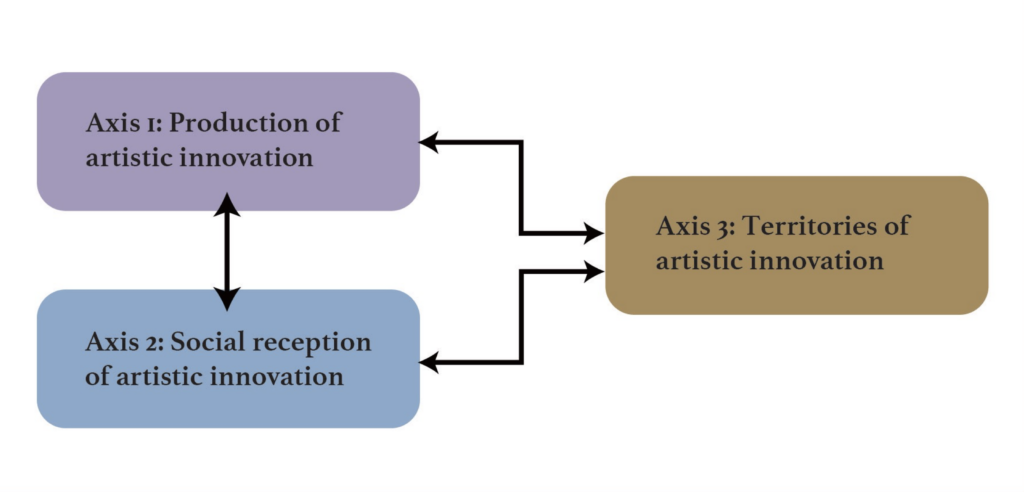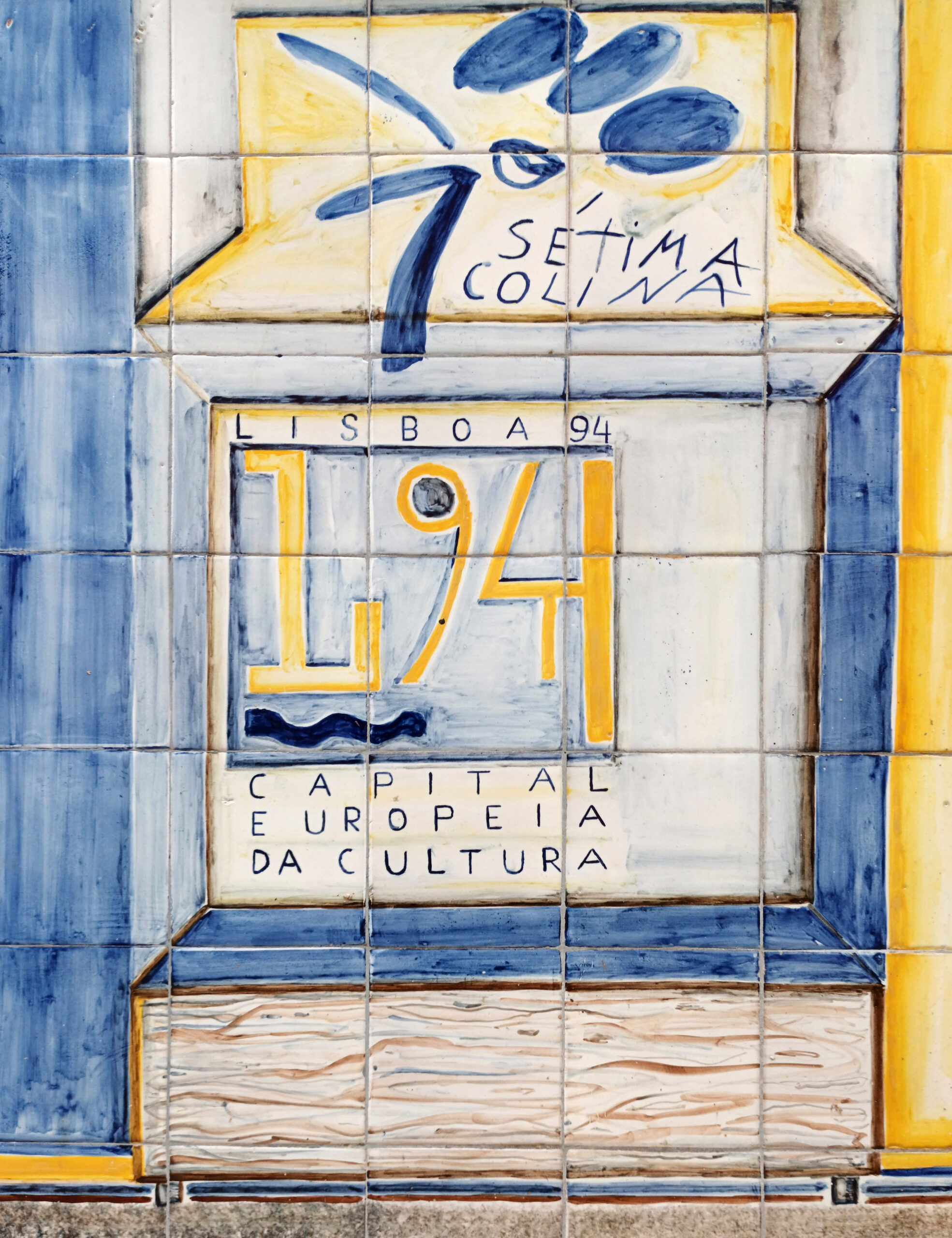The intersection between art, innovation, and economics is often overlooked, despite the increasingly porous borders between these fields. Based on empirical observations of Middle Eastern and European contexts, the article examines the role that art and culture play in sustainable development, a topic recently covered at COP28 in the UAE.
Can “Artistic Innovation” be Measured? Exploring Value and Impacts of Artistic Innovation on Sustainable Development examines the understudied topic of artistic innovation and its influence on sustainability and economic growth. Based on an interdisciplinary approach combining the fields of sociology, economics, and sociology of art, this article attempts to identify the multimodal character of artistic innovation encompassing products, processes, and organisations related to a variety of domains. Reflections on the impact of artistic innovation on local capacity building are historically present in a variety of disciplines and contexts. An example can be found in the Venetian Renaissance, when the 1509 economic crisis resulted in new technical and stylistic approaches in painting, such as replacing tempera use with oils. This generated an innovative response to a cultural predicament.
The 2030 Agenda for Sustainable Development, featuring 17 Sustainable Development Goals (SDGs), defines the economic, social, and environmental aspects of a sustainable global community. Sustainability and innovation represent two concepts that are increasingly assuming central significance in the fields of art and culture. As often highlighted by UNESCO, culture is key in achieving a more sustainable world; a point raised by many during COP28 negotiations, where discussions about the role of art and culture in the green transition took place. Despite the great relevance of the subject, research surrounding impact of artistic innovation on sustainable development is still limited. One of the reasons for this oversight might be found in what the author defines as a methodological challenge in measuring artistic innovation.
The article takes up this challenge through the analysis of three empirical studies led in Europe and in the United Arab Emirates during the period between 2013 and 2023, focusing on the increasing impact of innovation on local capacity building and sustainability of the contemporary cultural and creative ecosystems. While these studies did not consider artistic innovation per se, they revealed the importance of further conceptualisation of artistic innovation as an object of ethnographic exploration. In this sense, the processes of artistic innovation would become the tools to value diversity and reduce inequalities, as they interconnect the local and the global, traditional artistic expressions and new technologies. Guggenheim Abu Dhabi’s design developed by architect Frank Gehry is an example of such approach, as it incorporates the use of sustainable elements suitable to the region: natural cooling and ventilation of covered courtyards derived from the shape and functionality of the region’s traditional wind towers.
The article adopts a predominantly theoretical perspective and outlines the micro- and meso- analytical frameworks for production, reception, and territories of artistic innovation. According to the author, the production of artistic innovation can be understood through an analysis of both contradictory and complementary processes allowing for the admission and the realisation of new ideas, products, services, and processes that include an innovative artistic component. Reception articulates the assimilation of artistic innovations by regular or irregular audiences, such as customers, art professionals and collectors who all belong to the recipient category, as artistic innovation progressively erases the borders between ‘cultural’ and ‘non-cultural’ (e.g., technological, industrial, etc.) domains. Finally, the conjunction of the idea of “territorial clusters like the competitiveness factor” on the one hand and “spontaneous tendencies for territorial grouping of certain activities” on the other hand dictates the conceptual tensions existing in the analysis of territories of artistic innovation:
Figure 1. The three axes of research on artistic innovation.

Source: Designed by the author.
Following this conceptual framework, the study establishes the existence of a link between artistic innovation and its broader social, cultural, and territorial contexts, drawing insights from the outlined observations. The study first explores how actors, networks, and organisations merge industrial, institutional, and artistic domains. Understanding the interactions and mechanisms that drive artistic innovation is one of the main research questions that the paper addresses. Additionally, the research suggests studying artistic innovation as a pathway to nurture territorial competitiveness at a local, regional, and international level.
Artistic innovation adjusts our relationship with time, as it affects human creativity defined as slow when compared to digital and industrial technologies that tend to be increasingly fast. In this sense, it can be associated to strategies in different fields that strive to achieve enduring sustainability: architecture, construction, fashion, agriculture, and transport. This observation ties up with post-modern perspectives that highlight the importance of symbols, both tangible and intangible. From this perspective, artistic innovation can be approached as a tool that shapes our continuously evolving economic and political realities.
About this article
Raevskikh E., (2023). Can “Artistic Innovation” be Measured? Exploring Value and Impacts of Artistic Innovation on Sustainable Development. Culture: Policy, Management, and Entrepreneurship, 2(1): 115-147.
About the authors of the blog
Giovanna Di Mauro is a Senior Researcher at the Department of Culture and Tourism – Abu Dhabi (UAE).
Elena Raevskikh is a Research and Analysis Unit Head at the Department of Culture and Tourism – Abu Dhabi (UAE).
About the image
The rand Canal near the Rialto Bridge, Venice (1720s) Canaletto






